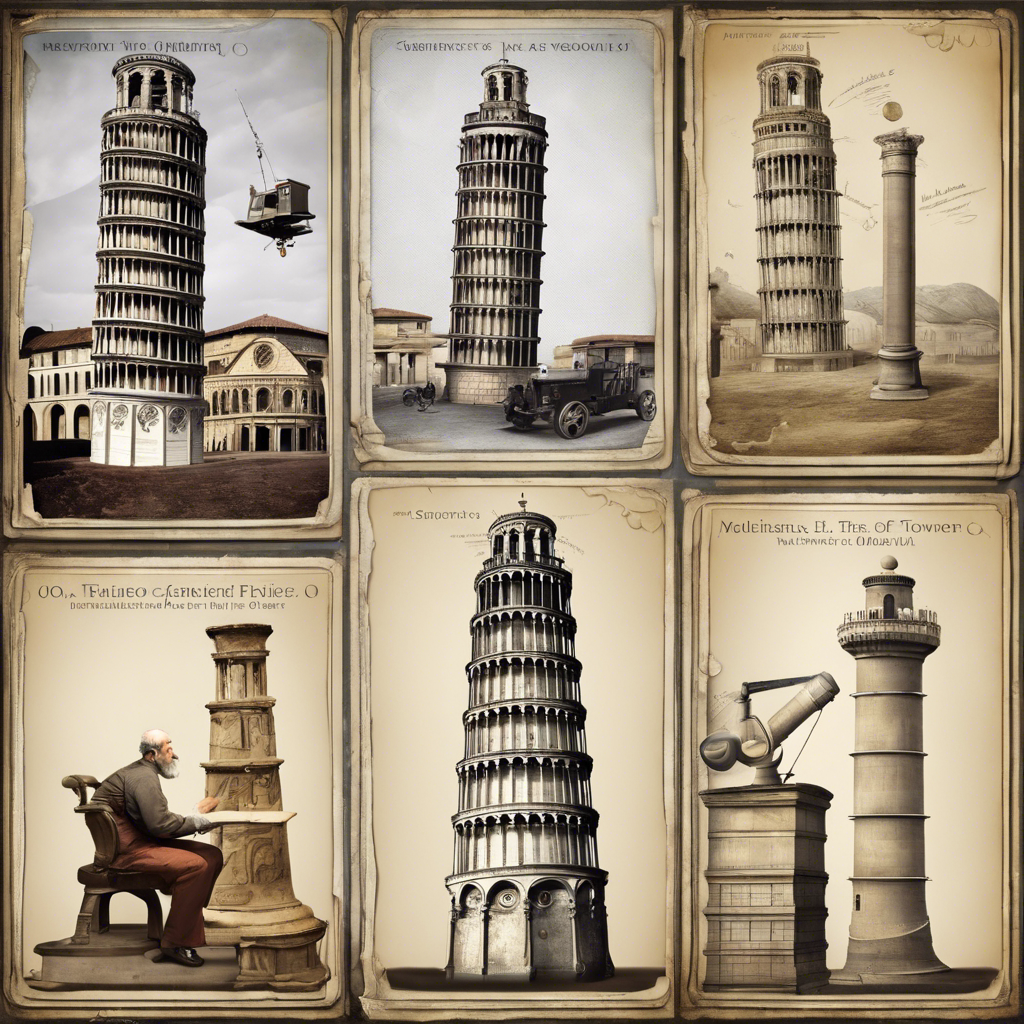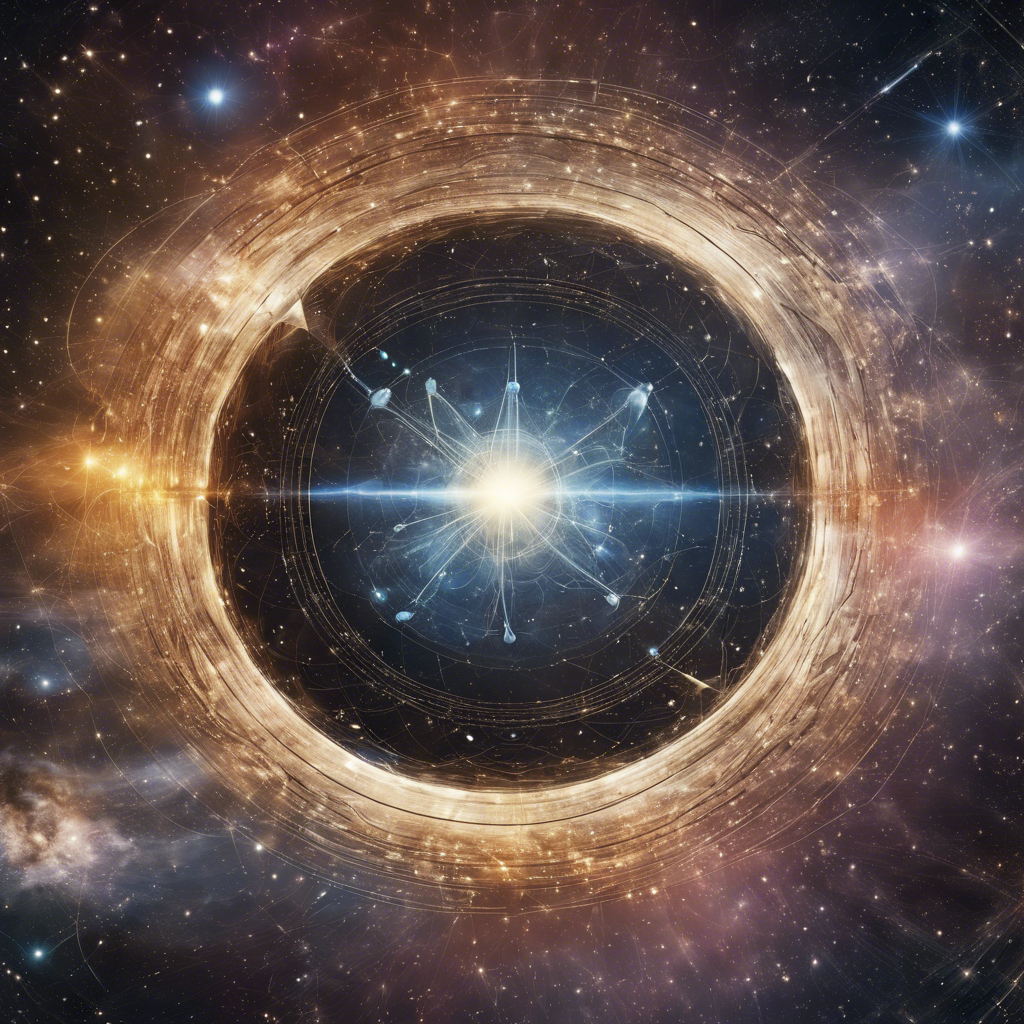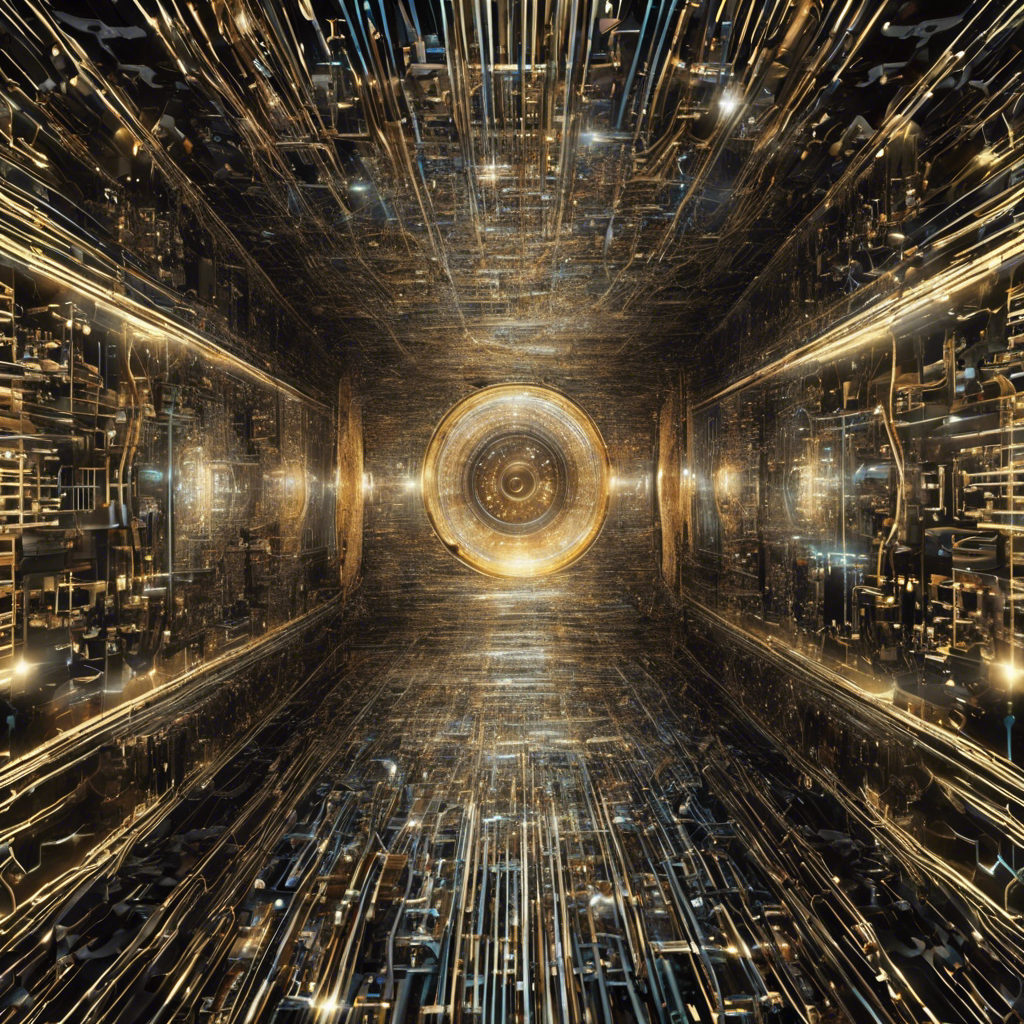Exploring the transformation of classical mechanics into modern dynamics
In the world of physics, Galileo Galilei’s Leaning Tower of Pisa experiment is a classic thought experiment that challenges our understanding of motion and force. This experiment, which demonstrated that objects fall with the same acceleration regardless of their mass, laid the foundation for the field of dynamics. Dynamics, a specialization within physics, delves into the study of motion and force, and its applications range from improving sports performance to designing spacecraft for interstellar travel. As a dynamicist, I have dedicated my career to unraveling the complexities of modern dynamics and helping students comprehend this fundamental branch of physics. In this article, we will explore how Galileo’s experiment paved the way for the evolution of classical mechanics into the modern world of dynamics.
Galileo’s Leaning Tower of Pisa Experiment:
Galileo’s famous experiment involved dropping a light object and a heavy object from the Leaning Tower of Pisa. Contrary to intuition, both objects fell with the same acceleration, regardless of their mass. This observation challenged the prevailing belief that heavier objects should fall faster. However, when the same objects were placed on a smooth table and pushed with the same force, their accelerations were different. This discrepancy between falling and sliding accelerations raised questions about the nature of forces and their relationship to mass.
The Ambiguity of Classical Mechanics:
In classical mechanics, the force between two objects is considered an interaction that involves both objects. The magnitudes of gravitational forces exerted by the Sun and the Earth depend on the masses of both bodies. This led to the perplexing question of how objects with different masses could exert equal gravitational forces on each other. The inconsistency between falling and sliding accelerations, as well as the equal gravitational forces between objects of different masses, created confusion and ambiguity within classical mechanics.
The Transformation to Modern Mechanics:
The advent of modern mechanics, encompassing the physics of light, atoms, quantum mechanics, and curved space-time, revolutionized our understanding of forces. In modern mechanics, forces are viewed as action fields that radiate outward from their sources. These forces depend only on the mass of the object generating them and exclude relativistic effects. The concept of force as an interaction between objects was replaced by the notion of force as an action by an object. This shift in perspective allowed for a more coherent explanation of the observed phenomena.
The Action Force in Modern Mechanics:
In modern mechanics, the force exerted by an object, represented by the letter F, is defined in terms of the action force field, represented by the letter P. The interaction force is now the product of the action force P and the mass m on which it acts, expressed as F = mP. This new understanding aligns with Newton’s second law of motion, which states that the interaction force F on an object is equal to the mass m multiplied by its acceleration, F = ma. By recognizing the action force as the fundamental force, modern mechanics reconciles the inconsistencies of classical mechanics.
Reinterpreting Galileo’s Experiment:
With the principles of modern mechanics in mind, we can reinterpret Galileo’s Leaning Tower of Pisa experiment. The equal accelerations observed during the objects’ fall can be attributed to the Earth’s action force, which remains constant regardless of mass. On the smooth table, the objects experience the same interaction forces but have different action forces, leading to different accelerations. Similarly, in the case of the Earth orbiting the Sun, the action forces exerted by the Sun and the Earth are no longer equal. The Sun’s action force, due to its larger mass, is proportionally larger than the Earth’s force, aligning with our intuition.
The Evolution of Science:
The evolution of science is a gradual process that brings us closer to understanding the nature of reality. The transformation from classical mechanics to modern dynamics exemplifies this progression. Scientists now embrace the concept of force fields, which predict the dynamics of objects, even if it may seem counterintuitive. This shift in thinking has allowed for a more comprehensive and consistent framework in the field of dynamics.
Conclusion:
Galileo’s Leaning Tower of Pisa experiment served as a catalyst for the evolution of classical mechanics into modern dynamics. By recognizing the distinction between interaction forces and action forces, modern mechanics provides a more coherent explanation for the observed phenomena. The reinterpretation of Galileo’s experiment through the lens of modern mechanics elucidates the underlying principles governing motion and force. As we continue to delve deeper into the mysteries of the universe, it is through the evolution of scientific thought that we gain a clearer understanding of the world around us.











